System Controller UTY-APGX

- Max. Controllable :
- 4 VRF network systems
- Max. Controllable :
- 400 outdoor units
- Max. Controllable :
- 1,600 indoor units
- Download:
-
Catalogue

Features
System Controller enables advanced integrated monitoring and control of VRF network systems operating in small to large buildings.
- Up to 1,600 indoor units and 400 outdoor units on up to 4 VRF network systems can be controlled.
- To accommodate facility management needs, System Controller offers—in addition to precise air conditioning control—remote central control, electricity charge apportionment, schedule management, and energy saving options for VRF network systems.
- Supports 7 languages: Chinese, English, French, German, Polish, Russian, and Spanish.
Visually intuitive operation
Click & Operate
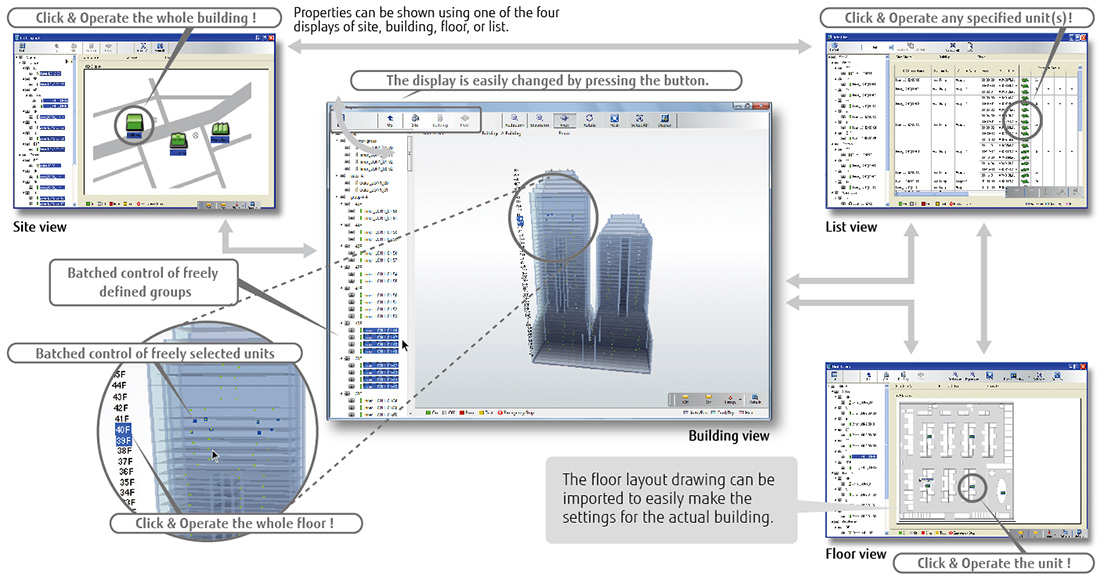
A visual representation of the property is shown on the screen from the perspective most suitable for operation (Click & Operate). You can select from among 4 display options: site, building, floor, and list.
Define groups for batch control
Indoor units can be grouped for simplified batch control from the tree menu. They can be grouped by organizational hierarchy, such as by division, department, and section.
* 2D floor layout or 3D perspective of a building is not available on System Controller Lite.
Wide-ranging operation and data management
- Standard on
- System Controller and System Controller Lite
Schedule management
- An annual schedule can be arranged for each remote controller group or user defined group.
- On/off, operation mode, local control prohibition, and temperature settings can be programmed for up to 143 times per day at 10-minute intervals and for up to 101 configurations for each remote controller group.
- Settings can be programmed for a period that spans midnight.
- Allows for the programming of special settings for holidays for a whole year.
- Low noise operation of outdoor units can be scheduled.
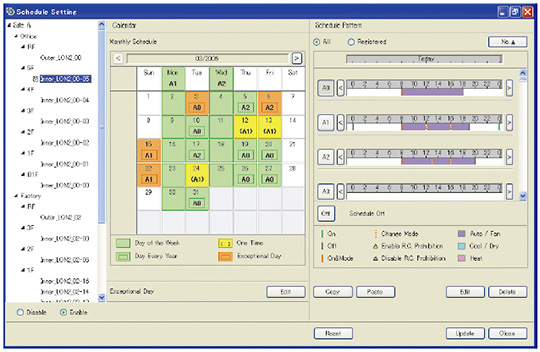
Wide-ranging control of indoor and outdoor units
- The operation status and mode of each indoor unit are displayed.
- Turn on and off each indoor unit and switch its operation mode.
- Setting temperature range limitation
- Low noise setting of outdoor units
Local control prohibition
Prohibits the operation mode, temperature setting, or on/off of an indoor unit from being changed locally.
Error alert and e-mail notice
When something goes wrong, an error message is shown in a popup on a computer display with a chime, and an e-mail notice is sent. Errors of the past 365 days are logged and can be reviewed.
Operation and control log
A log of operation status and control can be maintained and retrieved.
Importing and exporting databases
Only an administrator is authorized to import and export registration, layout, and image data.
Automatic clock adjustment
Time can be set for all controllers in batch automatically.
Electricity charge apportionment
- Standard on
- System Controller
- Optional for
- System Controller Lite UTY-PLGXA2
Electricity charge apportionment method
This is a method to calculate monthly energy costs to be allocated to each tenant based on the amount of energy used by their air conditioners. The first step is to determine exactly how much energy is consumed by air conditioners in each tenant space. The second step is to divide the total energy charge billed by an electric power company based on the amount of energy used by each tenant to determine the energy cost to be allocated to each of them. (See the figure to the right) The calculation takes into consideration such factors as the number of unused rooms and nighttime electricity rate, which are shown in detail on the energy cost allocation schedule.
Example of system configuration
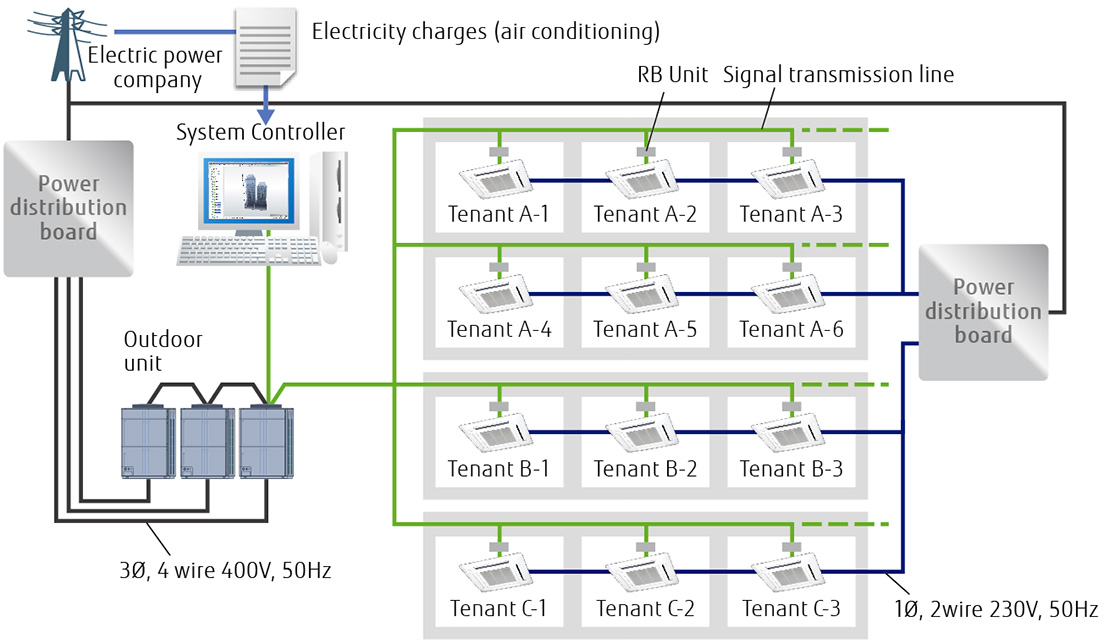
1. Calculate the amount of energy used by each indoor unit
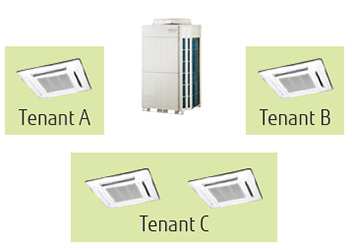
2. Calculate the amount of energy distributed to each indoor unit by an outdoor unit
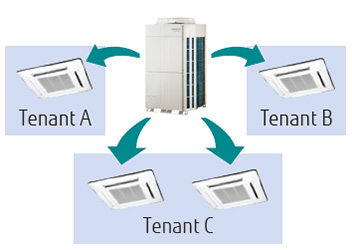
3. Combine the amount of energy used by each indoor unit and the amount of energy distributed to them by the outdoor unit to obtain the total amount of energy used.

4. Calculate energy cost to be charged to each tenant
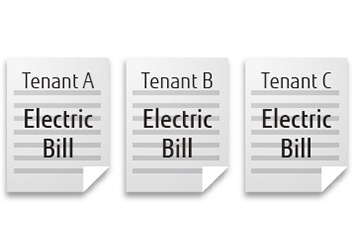
Calculate energy cost to be allocated to each tenant by dividing the total energy cost by the ratio of their energy use against the total usage.
Remote management
- Standard on
- System Controller
- Optional for
- System Controller Lite UTY-PLGXR2
System Controller can be used on site or remotely over networks for remote central control.
System Controller requires 2 software programs working together: VRF Controller runs on site and communicates with a VRF system;
VRF Explorer, which runs at a remote location, provides a user interface and communicates with VRF Controller.
VRF Controller and VRF Explorer run on a single PC or on different PCs connected on a network.
A PC running VRF Explorer can centrally control up to 10 VRF system sites having up to 20 buildings each.
On-site central control
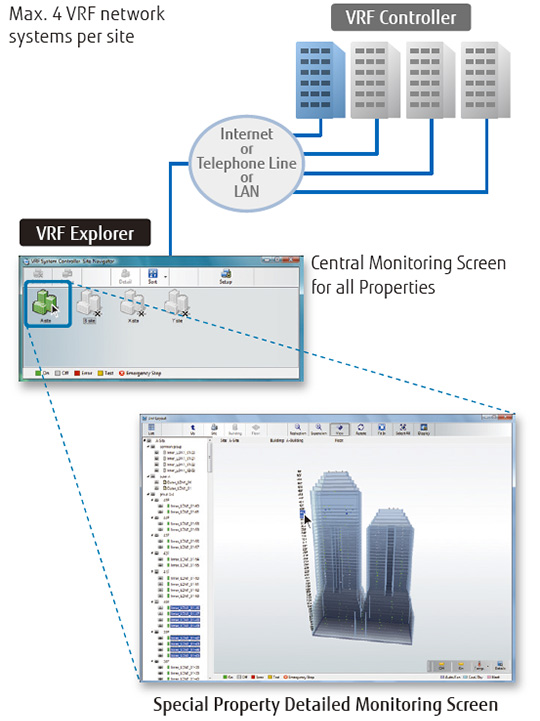
Remote central control
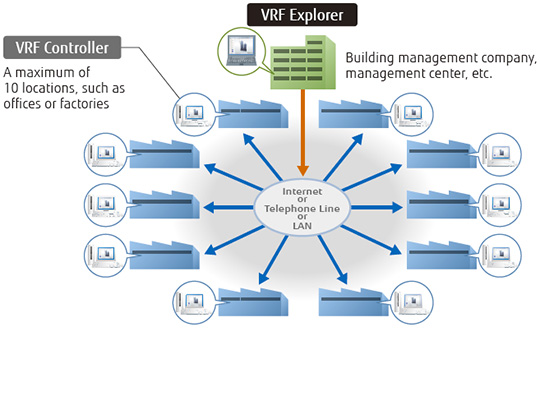
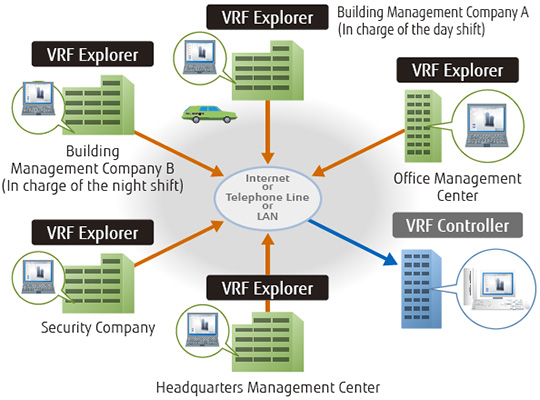
A variety of energy-saving options can be selected depending on the season, weather, and the time of day. Excellent energy-saving operation is performed while keeping occupants comfortable.
Energy-saving performance data: This chart compares the energy consumption for the current month with the previous month and with the same month of the previous year to keep track of the energy-saving performance.
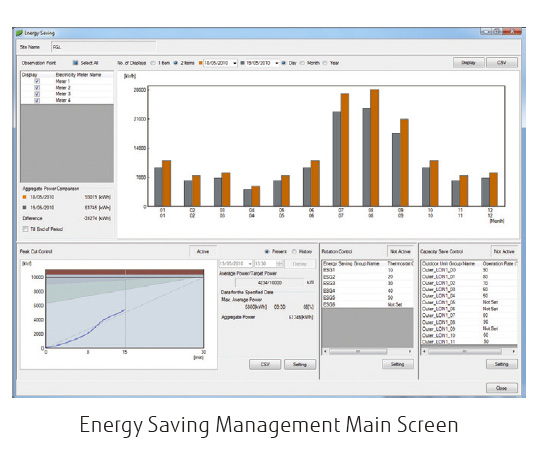
Indoor unit rotation
Indoor units can be automatically rotated to operate within a group in accordance with a predetermined annual schedule to reduce power consumption while keeping occupants comfortable. The operation stoppage rate can be selected for an indoor unit.
Peak cut operation
A power meter that monitors the total power consumption changes the set temperature for indoor units, turns their thermostat off, and takes other steps to control energy use while keeping occupants comfortable and maintaining the target power usage set for each time segment. Indoor units to be controlled can be grouped in any way, and the control level can be set for each group.
Capacity saving for outdoor unit
The upper limit on the capacity of an outdoor unit can be adjusted to reduce power consumption during a hot summer or cold winter by averaging out the power-saving performance of each refrigerant system. The upper limit on capacity can be set at 50% of the rated capacity or more.

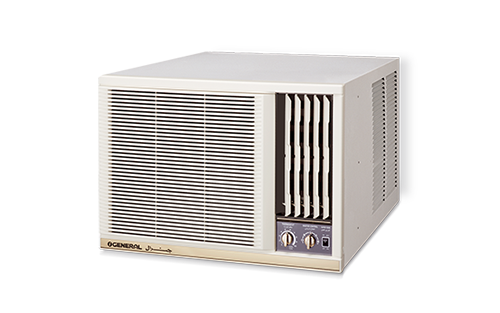

 India | English
India | English